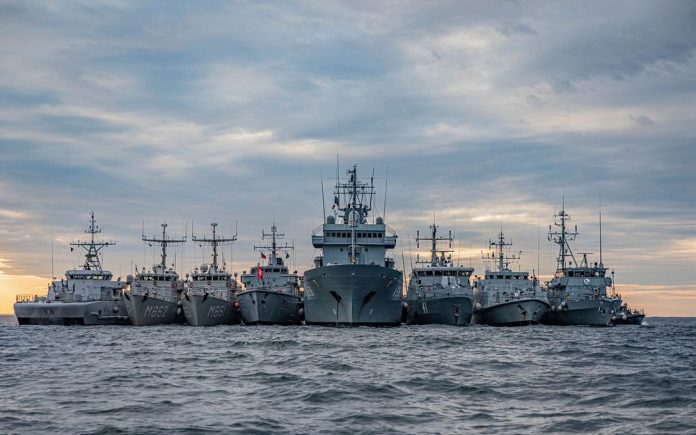
Can a single offshore strike change an entire naval theatre? Ukraine’s recent precision strike on the Syvash oil platform suggests it can. At the beginning of November 2025, the Ukrainian Navy conducted a combined unmanned strike that killed an elite detachment of Russian special forces, destroyed key surveillance assets, and struck at the heart of Moscow’s maritime situational awareness in the north-west Black Sea.
More than just another skirmish in a long-standing conflict, it showed the evolution in modern naval war fighting. Ukraine, with its AI-assisted targeting, modular unmanned systems, and integrated sea-air strike packages, continues to redefine the operational environment around Crimea. The subsequent sections unpack the key technical, tactical, and strategic components of this operation and what they reveal about the future of maritime conflict.
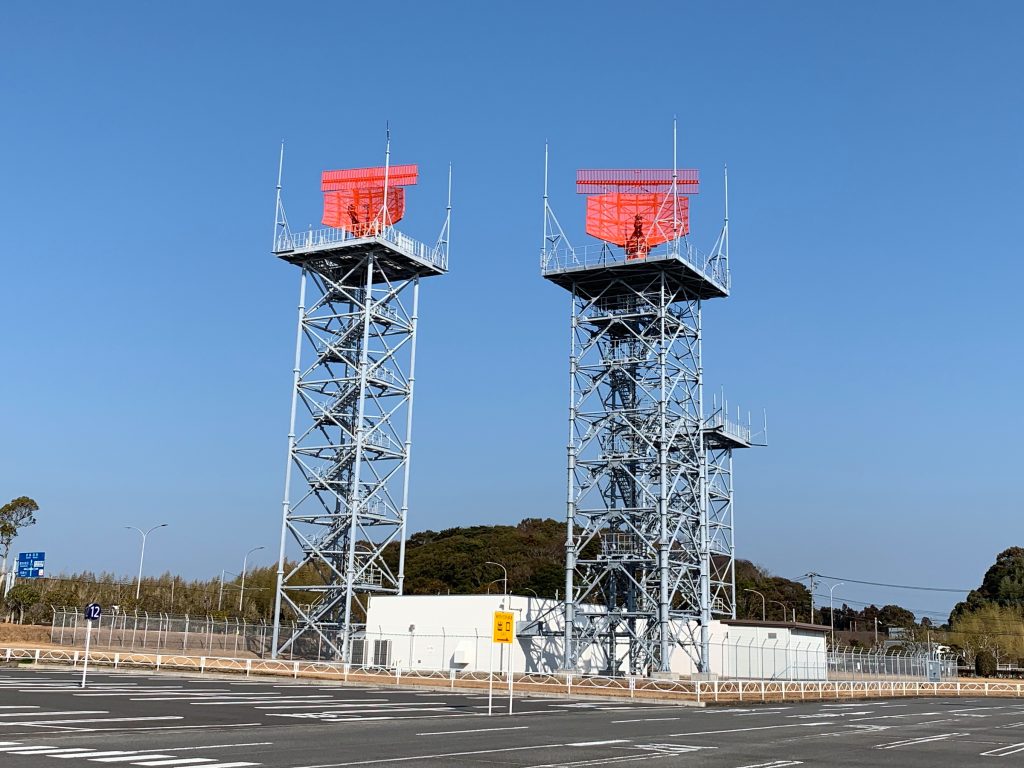
1. Targeting the Syvash Platform
Prior to the 2014 seizure by Russia, the Syvash offshore oil drilling platform had been fitted out as a surveillance and reconnaissance center with radars, cameras, and radio systems. It gave Moscow a high perch to survey traffic between Odessa and the approaches to the Danube and Crimea. When Ukraine struck that asset, it took out a principal node in Russia’s integrated maritime observation network and reduced its ability to cue its shore-based missile systems and coordinate naval patrols.
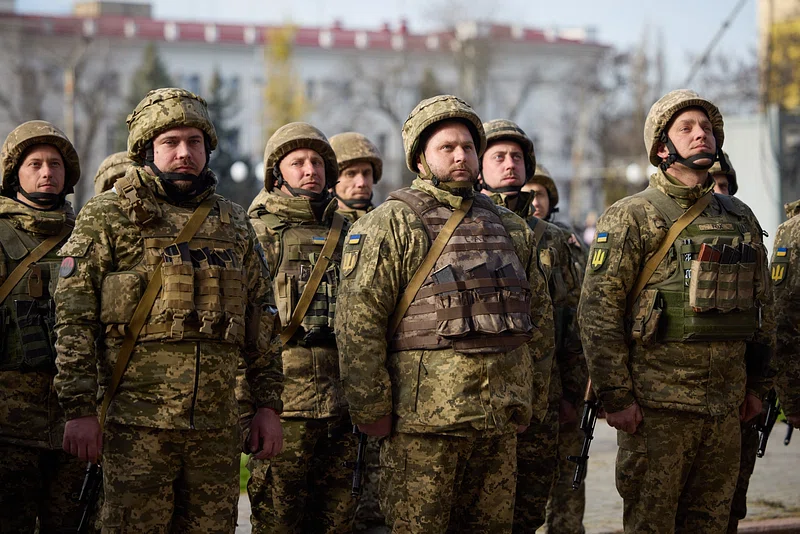
2. Disintegration of the Elite Russian Forces
The Ukrainian naval forces confirmed that a detachment of the elite Russian Special Forces stationed on the platform had been eliminated, including an anti-tank guided missile crew-likely operating a 9K135 Kornet-capable of attacking small craft and unmanned vessels at standoff range. That team’s elimination did not only remove a direct threat to the coastal operations of Ukraine but was also another psychological blow to Russia’s specialized maritime units.
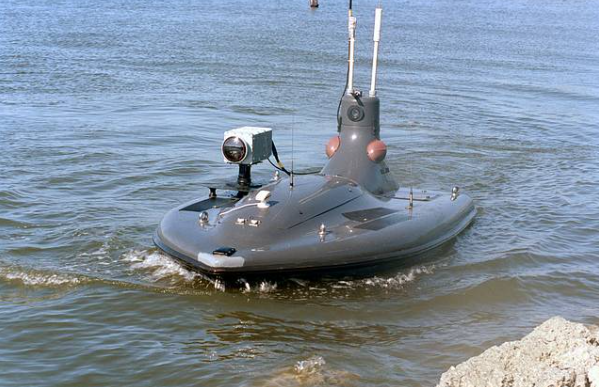
3. AI-powered barracuda drones
One such platform would be the Barracuda 9, part of a family of AI-assisted naval strike drones unveiled this past spring by Ukraine’s 40th Coastal Defense Brigade. Video footage suggested on-board AI identified the platform and determined an optimum impact point. This extends the general trend whereby AI compresses kill chains from minutes down to seconds, allowing targets to be struck with precision and survivability against multi-layered defenses.
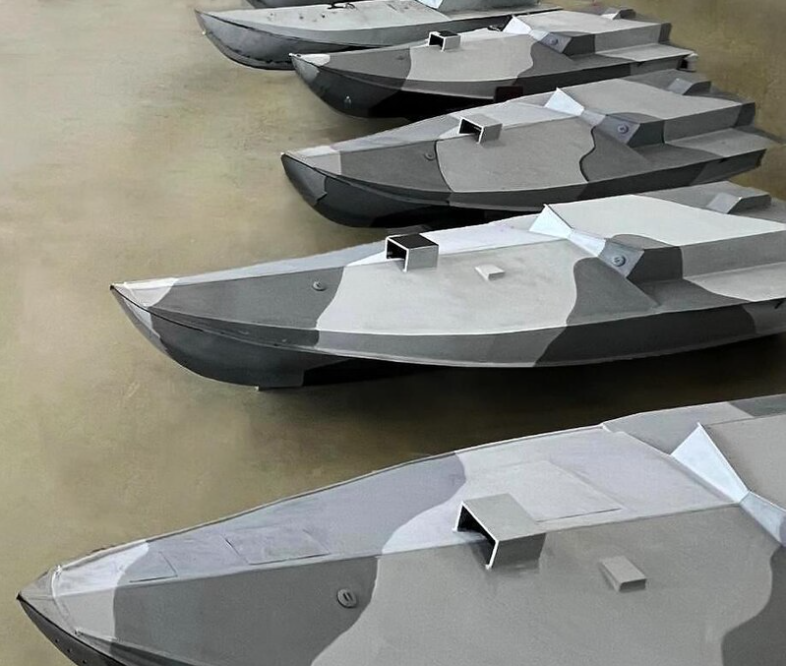
4. Sea Baby’s Expanded Capability
The modernized Sea Baby USV of the Security Service of Ukraine has a reach of 1,500 km, carrying up to 2,000 kg of payload and AI-assisted friend-or-foe targeting. Other variants are fitted out with multiple rocket launchers or stabilized machine guns, with some deploying even aerial drones. This evolution, said Brig. Gen. Ivan Lukashevych, has gone from single-use strike craft to reusable, multipurpose platforms that extend Ukraine’s reach far beyond enemy coastal defenses.
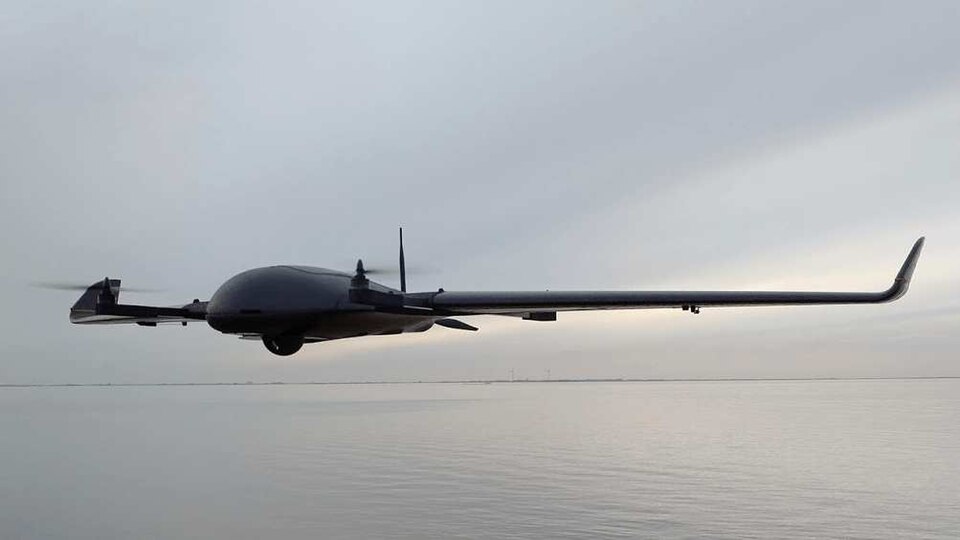
5. Coordinated Sea-Air Strike Tactics
Imagery from the exercise suggested a coordinated employment of unmanned surface vessels and FPV aerial drones, wherein overhead UAVs provide real-time spotting, with sea drones closing in to deliver explosive payloads in a multi-axis approach designed to overwhelm point defenses. Other concepts include carrier-type USVs launching several FPVs to prosecute targets above deck.

6. Countering Russian Propaganda
After the strike, Russian media ran footage of what they said was the remains of a Ukrainian vessel destroyed by a Lancet loitering munition. In turn, Ukrainian sources said this really showed that a kamikaze drone had successfully struck the platform. This information war underlines that modern conflict has two dimensions a struggle for control of an area and a struggle for a winning narrative.
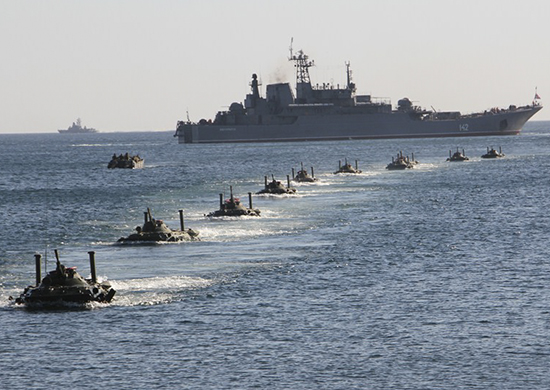
7. Strategic Impact on Black Sea Operations
Neutralizing Syvash reduces Russia’s capability to monitor and interdict Ukrainian shipping lanes. It adds to the cumulative Ukrainian successes which have already forced Russia’s Black Sea Fleet to move from Sevastopol to Novorossiysk. The removal of the elevated observation posts opens up the window for Ukrainian maritime freedom of maneuver and complicates Russian command and control.
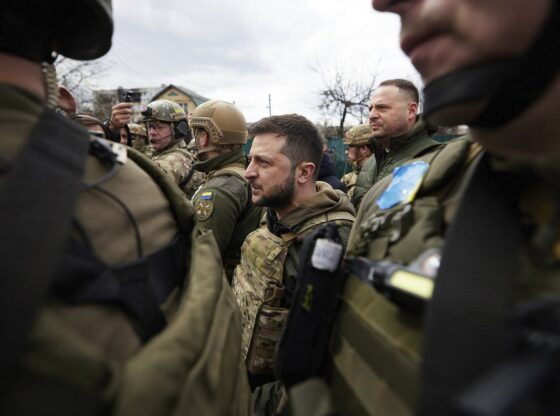
8. Integration into Wider Strike Campaigns
The strike at Syvash came as part of Ukrainian strikes against energy infrastructure in Russia, notably the Oryol thermal power plant and Novobryanskaya substation. These are part of a wide campaign of degrading Moscow’s capability to wage war against Ukraine through strikes against military and logistical nodes of significance, building pressure across many domains.
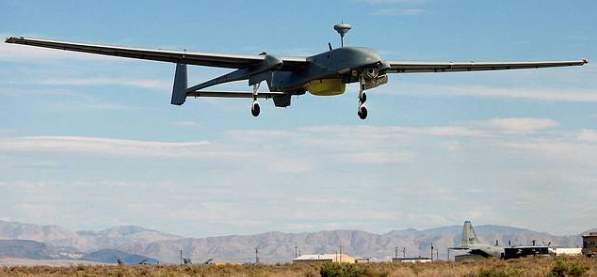
9. Lessons in Modular Unmanned Warfare
The operation highlighted many of the gains of modular, scalable unmanned systems. Barracuda and Sea Baby platforms can be reconfigured to conduct strike, reconnaissance, or multi-role missions. This adaptability allows Ukraine to speed up the tempo for responding to evolving threats, prolong operational tempo, and exploit vulnerabilities in the Russian maritime posture. Ukraine’s strike on Syvash was more than just a tactical victory it was a real case study in how unmanned, AI-enabled systems can dismantle entrenched surveillance networks and reshape the battlespace.
With Kyiv integrating sea and air assets, using modular designs, and pairing kinetic effects with information operations, new precedents are being set in asymmetric naval warfare. As these methods get refined and replicated, the balance of power in the Black Sea will continue to shift, increasingly challenging traditional assumptions about the control of contested waters.
